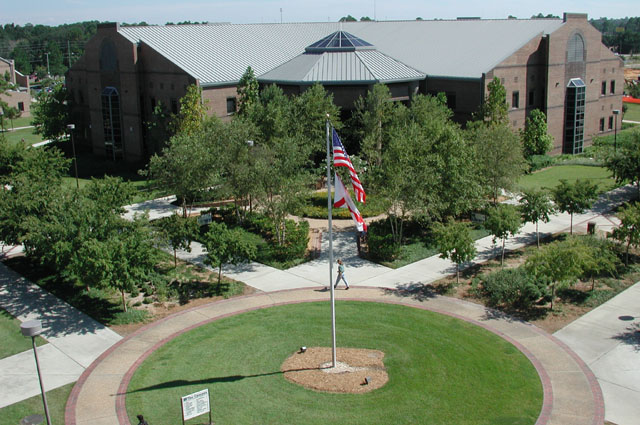Behind the Veil: Documenting African American life in the Jim Crow South: from the 1890s to the 1950s

About Behind the Veil
 The Behind the Veil Oral History Project was undertaken by Duke University’s Center for Documentary Studies from 1993 to 1995. Funded by the National Endowment for the Humanities, the primary purpose of this documentary project was to record and preserve the living memory of African American life during the age of legal segregation in the American South, from the 1890s to the 1950s. Over the span of three summers, teams of researchers conducted oral history interviews with more than one thousand elderly black southerners who remembered that period of legal segregation. The tapes and selected transcripts of the 1,260 interviews in this collection capture the vivid personalities, poignant personal stories, and behind-the-scenes decision-making that bring to life the African American experience in the Southduring the late-19th to mid-20th century. It is the largest single collection of Jim Crow oral histories in the world.
The Behind the Veil Oral History Project was undertaken by Duke University’s Center for Documentary Studies from 1993 to 1995. Funded by the National Endowment for the Humanities, the primary purpose of this documentary project was to record and preserve the living memory of African American life during the age of legal segregation in the American South, from the 1890s to the 1950s. Over the span of three summers, teams of researchers conducted oral history interviews with more than one thousand elderly black southerners who remembered that period of legal segregation. The tapes and selected transcripts of the 1,260 interviews in this collection capture the vivid personalities, poignant personal stories, and behind-the-scenes decision-making that bring to life the African American experience in the Southduring the late-19th to mid-20th century. It is the largest single collection of Jim Crow oral histories in the world.Four hundred and ten of the 1,260 interviews have been digitized and made available on this site totaling about 725 hours of recorded audio. One hundred and sixty five of the interviews include transcripts comprising more than 15,000 pages of text
Three hundred and ten of the interviews in the digital collection were conducted with North Carolina residents. The Charlotte and Enfield regions of North Carolina are especially represented in the collection; there are also many recordings from the Durham, James City, New Bern and Wilmington regions. The North Carolina recordings were all digitized as part of the Triangle Research Libraries Network’s project “Content, Context and Capacity: A Collaborative Large-Scale Digitization Project on the Long Civil Rights Movement in North Carolina.” Other collections from that project are also accessible as Duke digital collections.
The original interviews were recorded on audio-cassettes and the entire collection is housed in the John Hope Franklin Research Center for African and African American History and Culture, in the David M. Rubenstein Rare Book & Manuscript Library at Duke University. See Inventory of the Behind the Veil: Documenting African American Life in the Jim Crow South Records, 1940-1997 and undated (bulk 1993-1997).
One hundred of the recordings and transcripts are also available through iTunes U (iTunes required), and accessible via any computer with iTunes software installed. The mobile touch-screen iTunes application interfaces on iPad, iPhone, and iPoddevices also provide a unique experience for researchers exploring the collection.
Recommended in the September 2014 issue of ALA's Choice
































